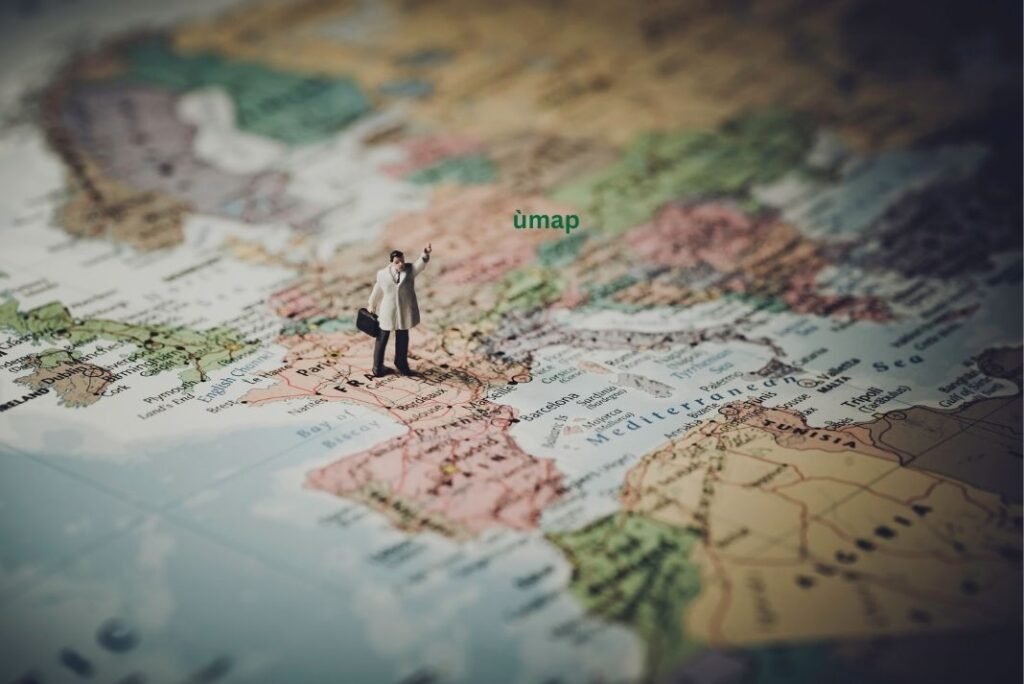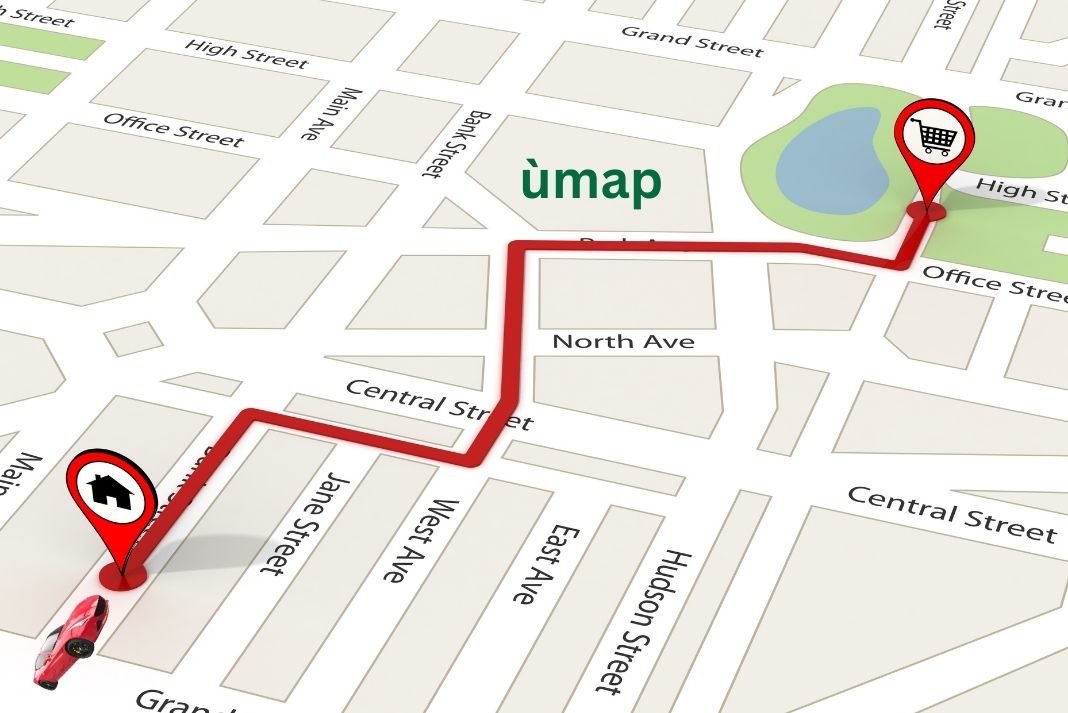Mapping (ùmap) technology has made significant strides since people would unfurl paper maps to track their routes. This change from paper to digital-based platforms has fundamentally transformed how we conceive and deal with spatial data. The shift is not just a matter of convenience; it has dramatically altered the face of many fields, including urban planning and emergency response, with more game-changing developments yet expected.
Table of Contents
The Evolution of Mapping Technology

Advanced planning innovations provide continuous updates and dynamic components that upgrade our spatial mindfulness. With worldwide satellite pictures, road perspectives, and 3D models readily available, exploring a labyrinth of roads has become a remnant of the past. The advantages reach beyond simple accommodation, opening up interesting new roads for spatial exploration and information perception.
Geographic Information Systems (GIS)
The arrival of GIS has revolutionized how we relate to geographic data, although in a new digital form. They can create custom-made maps custom-made maps to suit their requirements, making them a valuable tool for navigation, data presentation, and geographical analysis. Moreover, GIS allows us to identify trends or patterns and relationships among different types of geography that can’t be observed on traditional maps. This ability is significant for understanding the population distribution by age or deciding where to put up new businesses best.
GIS’s versatility makes it pivotal in fields ranging from general well-being and crisis management to metropolitan preparation and ecological administration. It offers a strong arrangement of instruments for making informed choices based on area-based information.
The Role of Flexible Mapping Tools
Enter the information era, where flexible mapping tools have changed the game for spatial data usage. One such innovative tool is ùmap, which is shaping the future of mapping technologies and opening up a whole new world of possibilities.
Introducing ùmap: A Comprehensive Solution
ùmap is an impressive and flexible tool for mapping, data visualization, and geographical analysis. It provides dynamic information and real-time updates, essential for tracking traffic patterns, monitoring environmental changes, or evaluating market trends. Users can customize their maps according to their specifications, adding markers, layers, and interactive elements like pop-ups and connections.
Moreover, ùmap’s collaborative capabilities make sharing and modifying maps effortless, enhancing communication and efficiency for teams and communities working on interactive web maps.
Overcoming Challenges with Advanced Mapping Technologies

Despite the numerous advantages, navigating the vast realm of flexible mapping technology isn’t challenging. One common issue is the steep learning curve of using complex GIS software or virtual reality map interfaces. This can deter a few clients from completely using these instruments for topographical investigation, information representation, and route.
As innovation advances, we’ll see considerably more easy-to-understand interfaces and natural plans that will open these incredible assets to a more extensive crowd.
The Future of Mapping Technology
Progressions in artificial brainpower and AI are set to change planning advances further. These improvements will upgrade the exactness and availability of spatial information, making it more straightforward to infer significant bits of knowledge and make information-driven choices.
As we plan, the opportunities for using and comprehending spatial information are basically boundless. From geographic data frameworks to augmented reality maps, the instruments available to us are becoming more developed and flexible.
Transformative Applications
The transformation of mapping technology is already evident in various sectors:
- Urban Planning: GIS and other mapping tools enable precise planning and simulation, helping cities develop more efficiently.
- Crisis Reaction: Constant information and prescient displaying further develop reaction times and asset designation during crises.
- Ecological Observing: Following natural changes and anticipating future patterns help in preservation endeavors and maintainable events.
- Promoting: Organizations can use spatial information to enhance their advertising techniques and reach their interest groups more.
Anticipated Innovations
Future developments will probably focus on upgrading client experience and tending to current impediments, such as information precision and security concerns. As simulated intelligence and AI keep on advancing, we can expect much more complex applications that will additionally incorporate spatial information into our daily routines.
Conclusion: Embracing the Future with ùmap
The excursion from static paper guides to intelligent advanced stages is genuinely astounding. Planning innovations like ùmap are not simply instruments but passages to a more profound comprehension of our reality. By bridging the force of these adaptable planning apparatuses, we can explore the intricacies of our current circumstances with uncommon clarity and accuracy.
We should know the moral and security ramifications of utilizing such incredible assets as we embrace these progressions. Guaranteeing that our utilization of spatial information is dependable and straightforward will be urgent in using the maximum capacity of planning advances.
Go along with us as we investigate how ùmap forms the eventual fate of planning innovations. Plunge into the universe of inventive spatial information utilization and find out how you can open additional opportunities with this state-of-the-art instrument.
Investigate the capability of ùmap today and remain on the ball in the steadily advancing scene of planning advancements!

